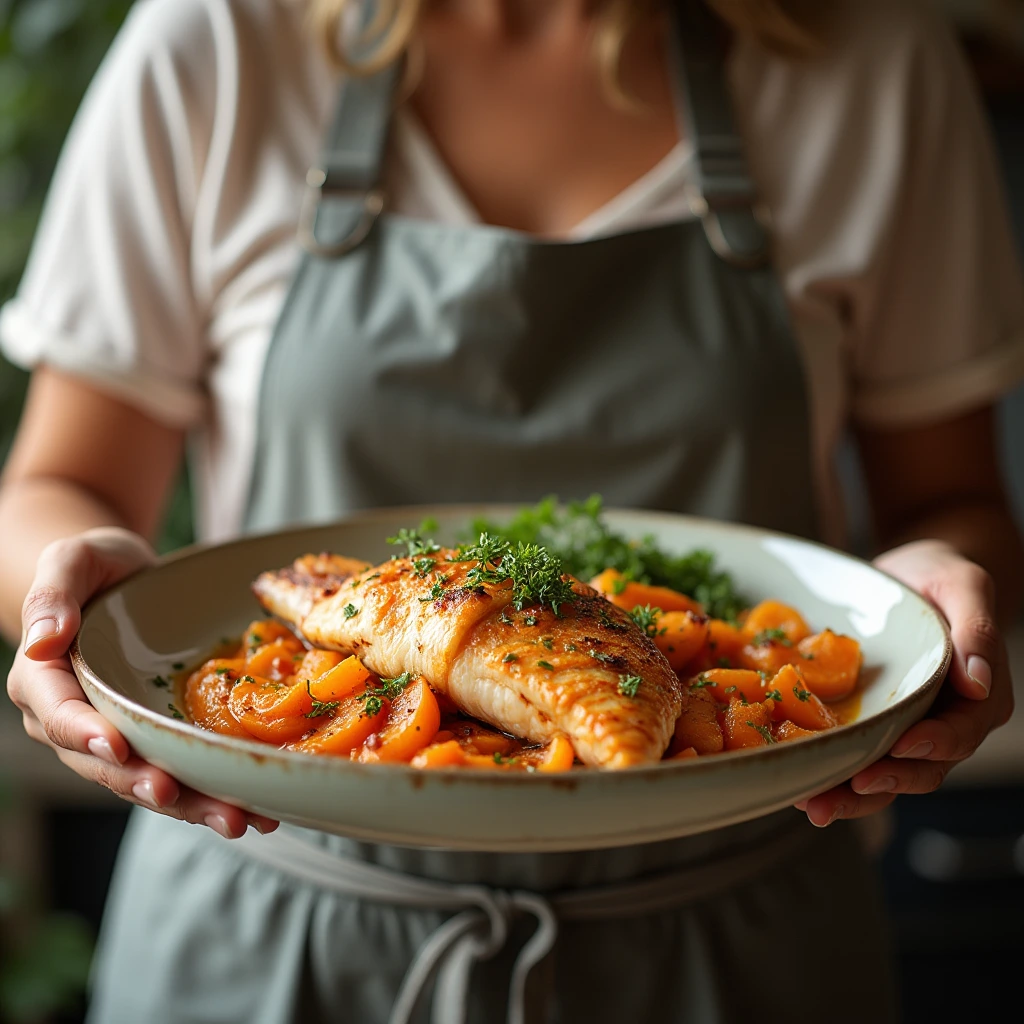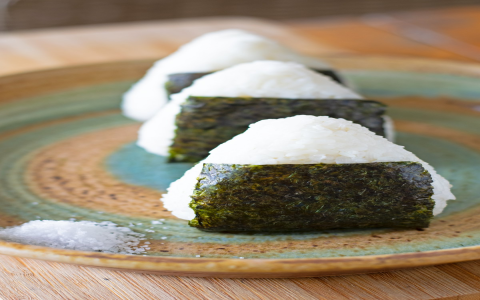My Dive into Fish Food Stuff
So, I got curious about what’s actually in the fish food I’ve been tossing into my tank for ages. My fish seemed okay, mostly, but I started wondering, you know, what are they really eating? It’s like looking at the back of your own cereal box, but for fish.
First thing I did was grab the container of flakes I usually buy. I flipped it over and just stared at that tiny print list of ingredients. Honestly, it was a bit overwhelming. Lots of words I didn’t really recognize, things like “fish meal,” “wheat flour,” “soybean meal,” and then a whole bunch of chemical-sounding names for vitamins and minerals.

Okay, breakdown time. I figured “fish meal” must be ground-up fish parts, right? Makes sense, fish eat other fish. That seemed like the main protein source. Then you see stuff like “wheat flour” or “corn gluten meal.” I initially thought, wait, fish don’t eat bread or corn in the wild. I found out later that these are often used as binders, to hold the flake or pellet together, and also add some cheaper protein or carbs. Fillers, basically, or maybe energy sources.
I spent a bit of time just looking up some of those common ingredients you see listed first, because usually, the list goes from the biggest amount to the smallest. What I noticed:
- Protein Source Matters: Fish meal is common, but shrimp meal, krill meal, or even insect meal pop up. Apparently, the type of fish meal can make a difference in quality. Some foods use more plant-based proteins like soy, which I read isn’t always the best for certain types of fish, especially carnivores.
- Fats are Important: Saw “fish oil” listed quite a bit. That provides essential fatty acids, kind of like the omega-3s people talk about. Good for fish health and color.
- Vitamins and Minerals: There’s always a long list at the end like Vitamin C, Vitamin E, Biotin, Zinc, etc. These are added because the processing can destroy some natural vitamins, and fish need them just like we do.
- Color Enhancers?: Sometimes you see things like “astaxanthin” or “canthaxanthin.” I learned these are often added to make fish colors, especially reds and oranges, look brighter.
After looking into it, I felt like I understood the label a bit better. It wasn’t just random stuff mixed together. There’s a purpose to most of it, even the fillers, though the quality and type of the main ingredients seemed like the big deal.
I actually decided to try a different brand next time I bought food, one that listed a specific type of fish meal higher up the list and maybe less wheat filler. It cost a bit more. Hard to say if it made a HUGE difference immediately, but I felt better knowing I wasn’t just feeding them mostly wheat. My fish seem active and colorful, so I guess it didn’t hurt! It’s just interesting to know what’s actually going into your pets.













